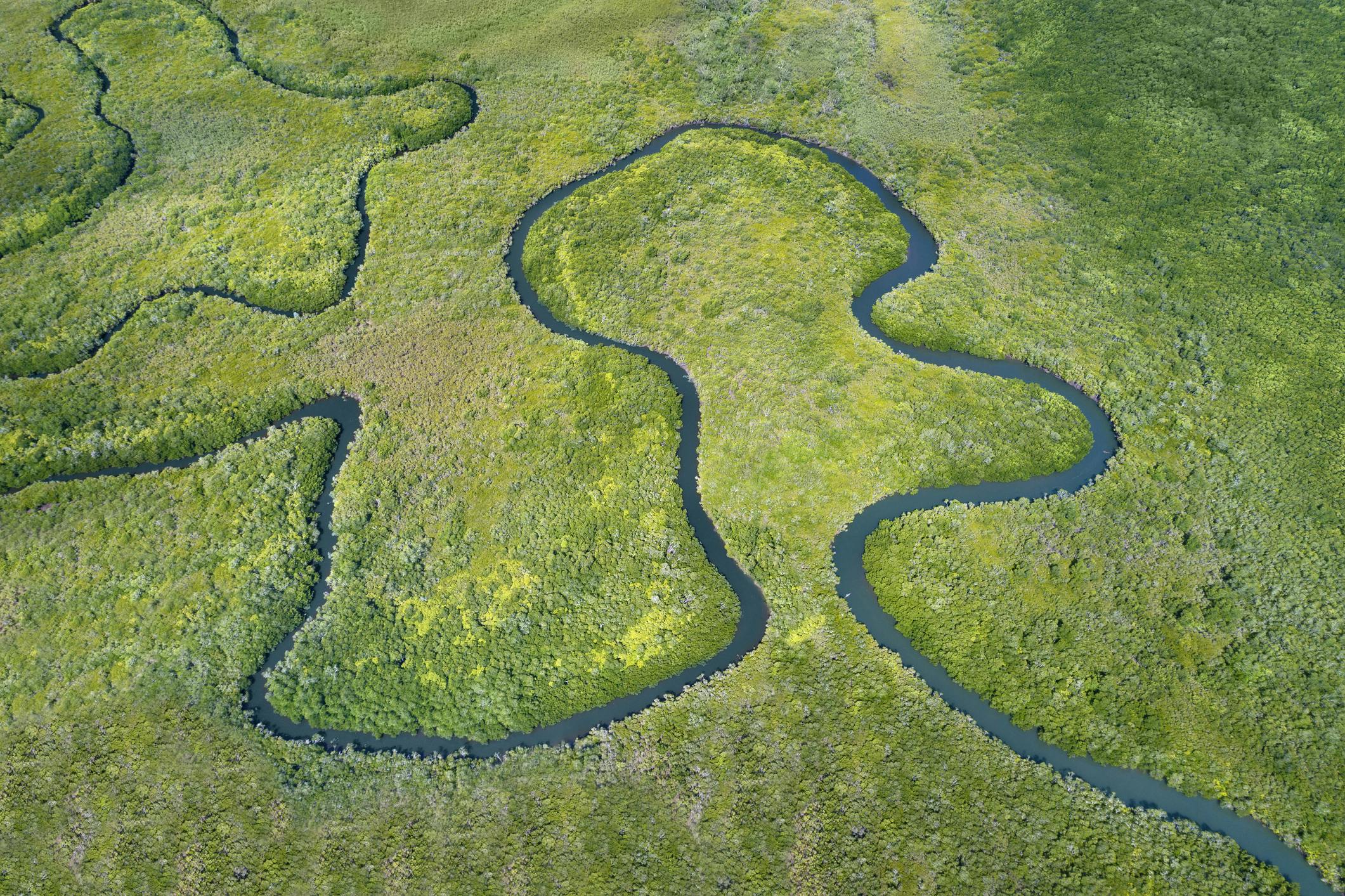
5 Focus Areas to Build Trust through Modern Slavery Reporting
A well-crafted modern slavery statement isn't just a compliance requirement—it’s a key opportunity to communicate your organisation’s commitment to ethical business practices, meet the rising expectations of stakeholders, and strengthen your competitive position.
Feeling unsure about how your statement represents your organisation?
After helping businesses craft statements over the past five years of mandatory reporting in Australia, we’ve identified 5 key areas where improvements can make a big difference.
1. Define who you are and what you do
The narrative starts by clearly defining your organisation’s role. Are you a manufacturer, retailer, or service provider? Understanding your operational context allows stakeholders to identify which risks and supply chains are most relevant to your business. This framing builds trust and credibility by demonstrating transparency from the outset.
Why it matters: A well-articulated introduction helps stakeholders connect the dots between your operations and the modern slavery risks you face, laying the groundwork for everything that follows. Without this, readers won’t fully grasp the scope of your efforts.
What to include:
- An overview of your business activities
- The organisational structure, including subsidiaries and joint ventures
- Key operating sites
- Workforce dynamics (headcount, types of employment—full-time, part-time, casual, and contractors—with clear definitions)

2. Articulate your supply chain complexity
Describing your supply chain isn’t just about listing suppliers—it’s about painting a picture of the relationships and dependencies involved in sourcing your key inputs. This section should help stakeholders understand how your supply chain impacts your ability to manage risks and sets the stage for your risk assessment outcomes.
Why it matters: A clear and logical link between your business operations and supply chain structure allows stakeholders to see why certain risks are a priority and gives credibility to your approach to addressing them. Without this context, your risk assessment outputs can feel arbitrary or disconnected.
What to include:
- Descriptions of your supply chain for direct and indirect material inputs
- A visual supply chain map or diagram to reduce text-heavy explanations
- Organisational spend overview (supplier numbers, spend by category, and key procurement categories)
- Geographic breakdown of suppliers by spend or risk tier
3. Explain your risk assessment logic
Once stakeholders understand your supply chain, you can introduce the outcomes of your risk assessment. But the key is to explain not just what risks you identified, but how you arrived at them—what criteria you used, how you prioritised risks, and why certain areas deserve greater attention.
Why it matters: Your stakeholders need to see that your risk assessment isn’t just a tick-the-box exercise. A well-explained methodology gives confidence that you understand the complexities of your supply chain and are taking a thoughtful, structured approach to mitigating risks.
What to include:
- Risk assessment methodology (criteria, tools used, and external consultants involved)
- Key outputs: high-risk categories, geographic hotspots, and types of identified risks (e.g., labour exploitation, debt bondage), explanation of your relationship to risk against the UNGP framework (cause, contribute, directly linked)
- Visualisation of risk outputs (heat maps, risk dashboards)
- A clear explanation of why certain risks are prioritised over others

4. Build the bridge to governance and due diligence
Governance and due diligence are crucial, but they only make sense if stakeholders first understand the risks you're trying to solve for. A strong narrative links your governance framework and due diligence processes back to the risks identified, showing that your strategies are targeted and relevant.
Why it matters: Governance and due diligence shouldn’t feel like isolated lists of policies and processes—they need to flow logically from your risk assessment. This helps stakeholders understand the reasoning behind your actions and builds credibility in your approach.
What to include:
- A clear governance structure, including roles and responsibilities at different levels (board, executive, functional teams)
- Key policies and procedures (supplier codes of conduct, procurement policies, grievance mechanisms)
- Details on governance oversight (frequency of reporting to the board, key metrics monitored)
5. Craft a story with a forward-looking lens
Your statement shouldn’t just reflect on what’s been done—it should also outline your future plans. A forward-looking narrative shows that you’re committed to continuous improvement and helps stakeholders understand your long-term strategy for addressing modern slavery risks. The Property Council of Australia’s Pathway for Respecting Human Rights offers a great framework to review and refine your approaches.
Why it matters: A forward-looking approach reassures stakeholders that you aren’t just reacting to risks but are proactively working to enhance your governance and due diligence systems. This builds confidence in your organisation’s commitment to ethical practices.
What to include:
- Short-term goals (planned initiatives for the next 12 months)
- Long-term goals (multi-year objectives to improve governance, due diligence, and supplier engagement)
- Milestones and performance metrics (e.g., supplier engagement rates, completion of training programs, remediation outcomes)
The secret sauce: get the narrative right
The real value of a modern slavery statement isn’t just in ticking off mandatory criteria—it’s in telling a cohesive, credible story that clearly answers key questions:
- Who are you?
- What are the problems you need to solve?
- How are your systems designed to address those problems?
- How do you measure success?
- And what are you doing to continuously improve?
A well-structured statement follows this clear narrative arc, guiding readers through your organisation’s unique context and approach. When stakeholders understand the connection between your operations, your risks, and your actions, your statement transforms from a compliance exercise into a strategic tool that builds trust, strengthens stakeholder relationships, and reinforces your organisation’s credibility.
Smart companies have unlocked this code. They’ve realised that a strong, clear narrative simplifies the reporting process, making it easier to focus time and resources on what really matters—addressing modern slavery risks. With a streamlined and well-understood approach, they can engage confidently with stakeholders, secure in the knowledge that their efforts are being communicated effectively.
Examples of strong modern slavery statements
For inspiration, check out these exemplary statements:
In essence, a modern slavery statement isn’t just about meeting regulatory requirements—it’s about showing that your organisation understands its responsibilities, is actively working to mitigate risks, and is committed to ongoing improvement. By getting the narrative right, companies unlock the potential to go beyond compliance, creating meaningful impact both internally and externally.
Ready to strengthen your modern slavery governance and reporting?
At Edge, we provide tailored support across modern slavery risk assessments, governance frameworks, due diligence strategies, supplier engagement, and remediation frameworks. Whether you're refining your reporting or building a strategy from the ground up, we can help you craft a clear, impactful, and compliant statement.

To explore how we can help enhance your modern slavery reporting, we're offering a free assessment of your modern slavery statement. Contact Nick Dexter, or get in touch today.





